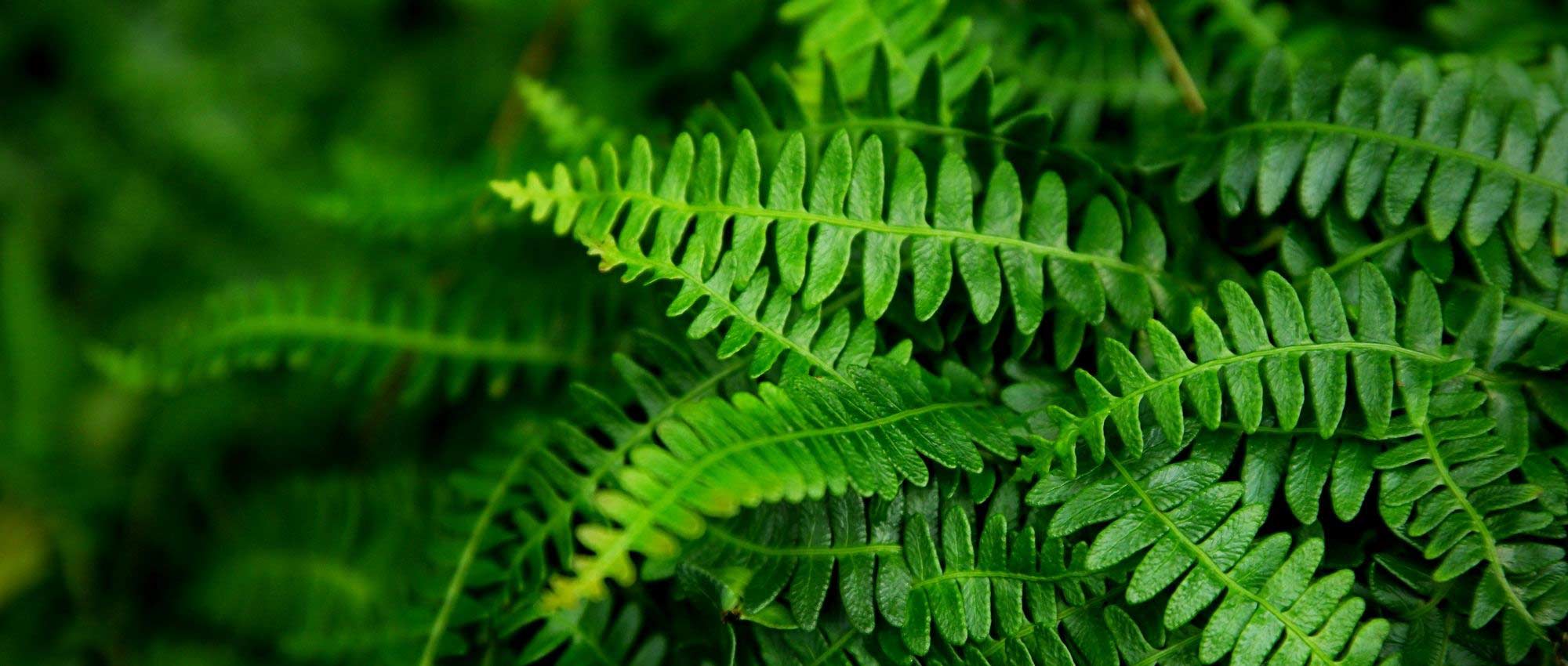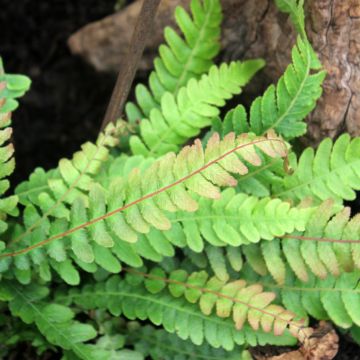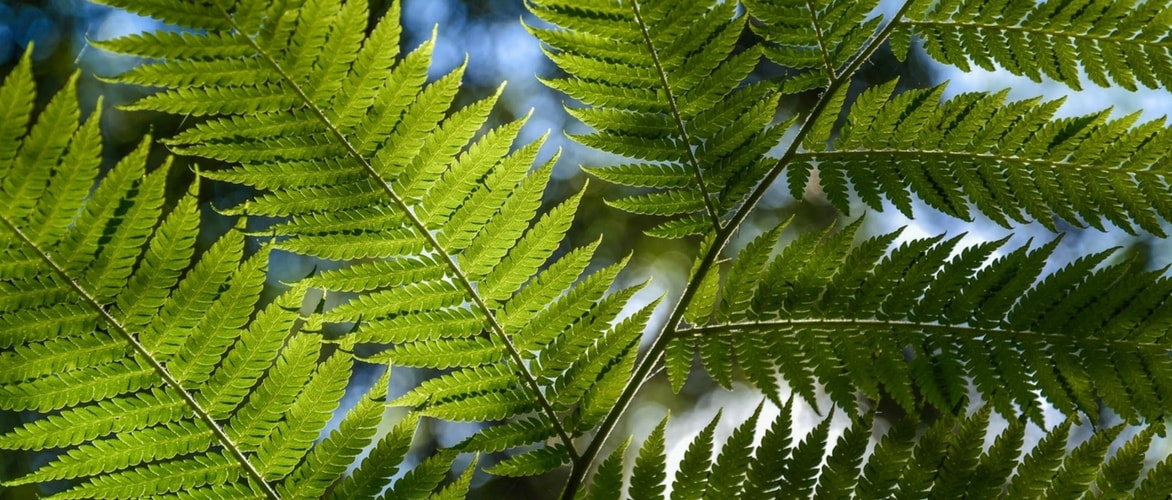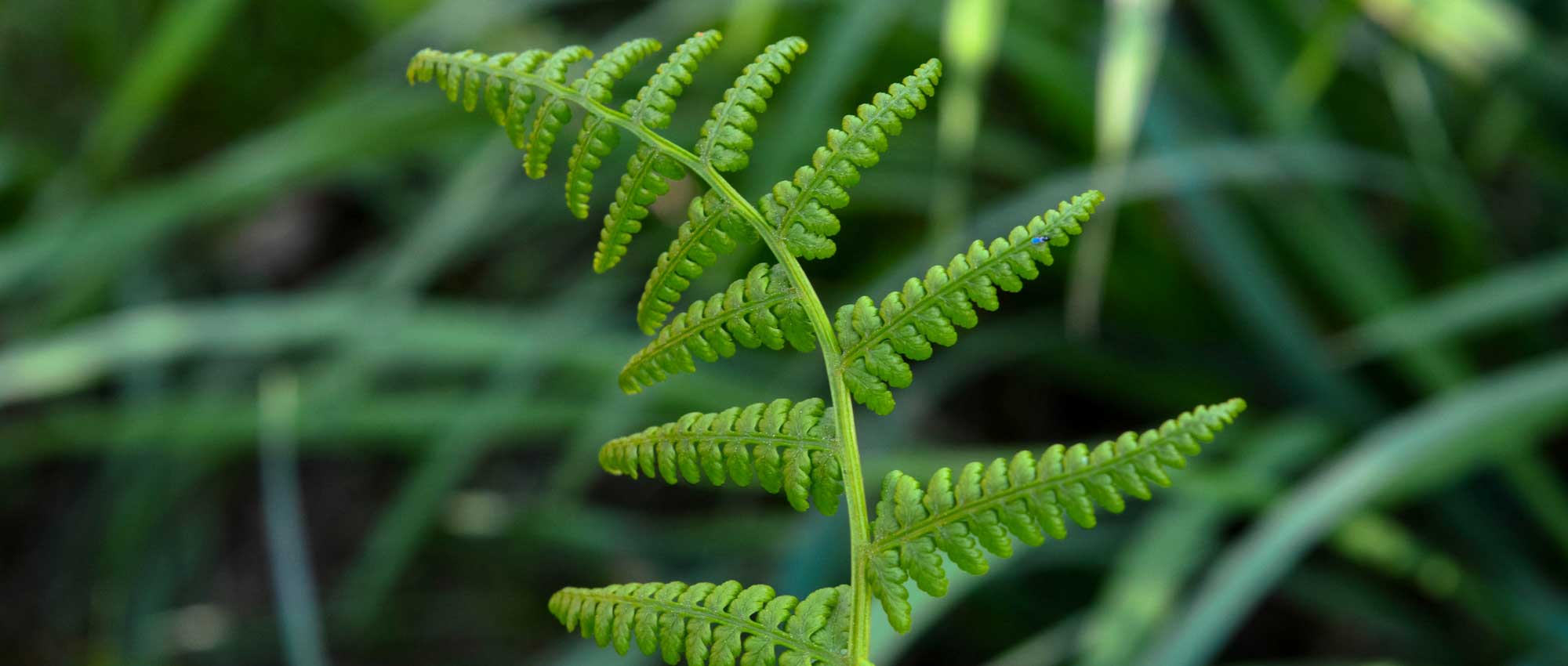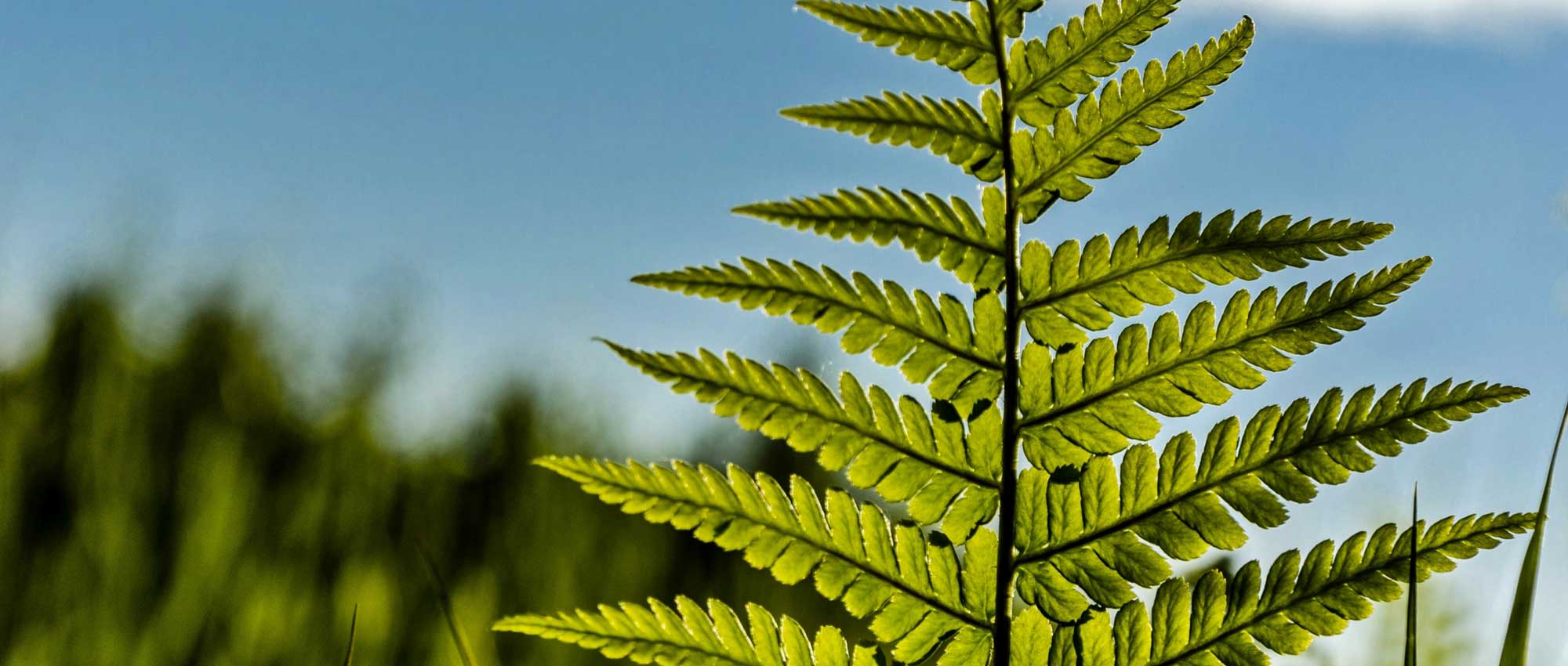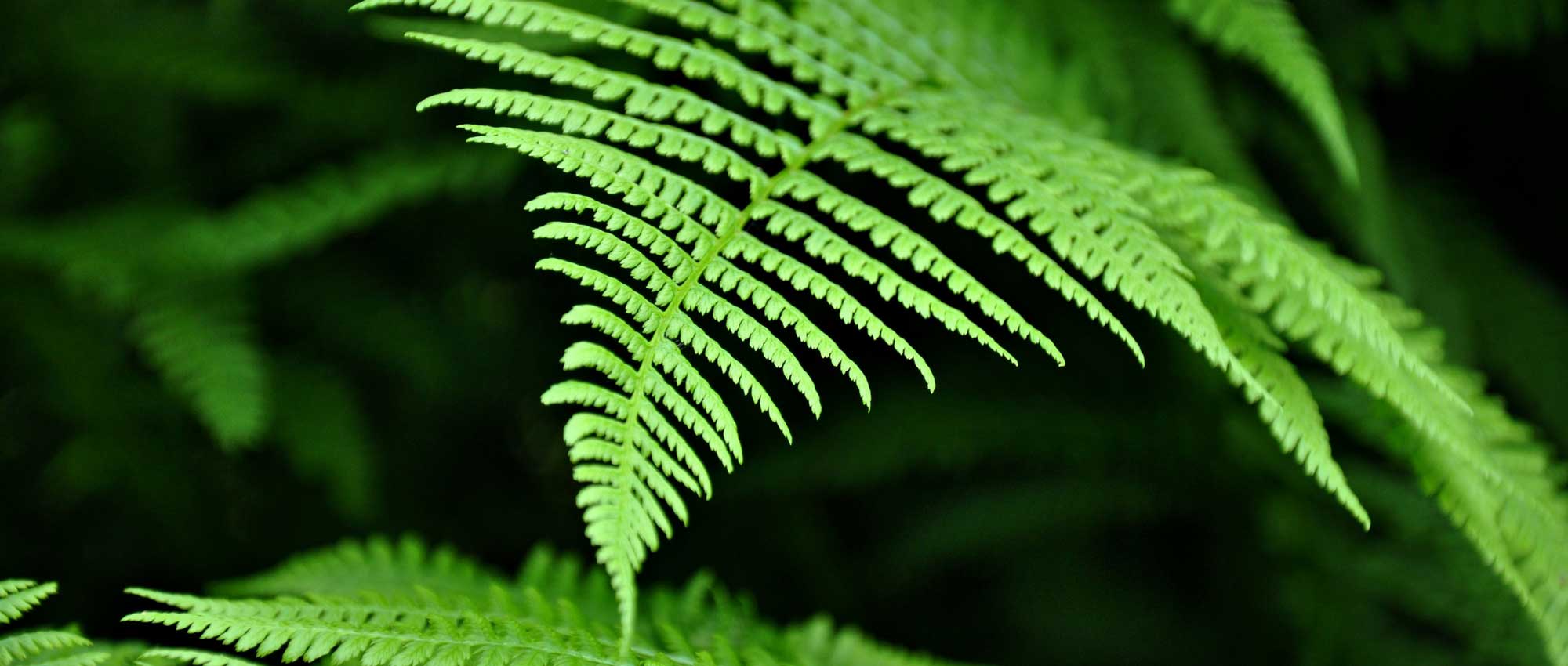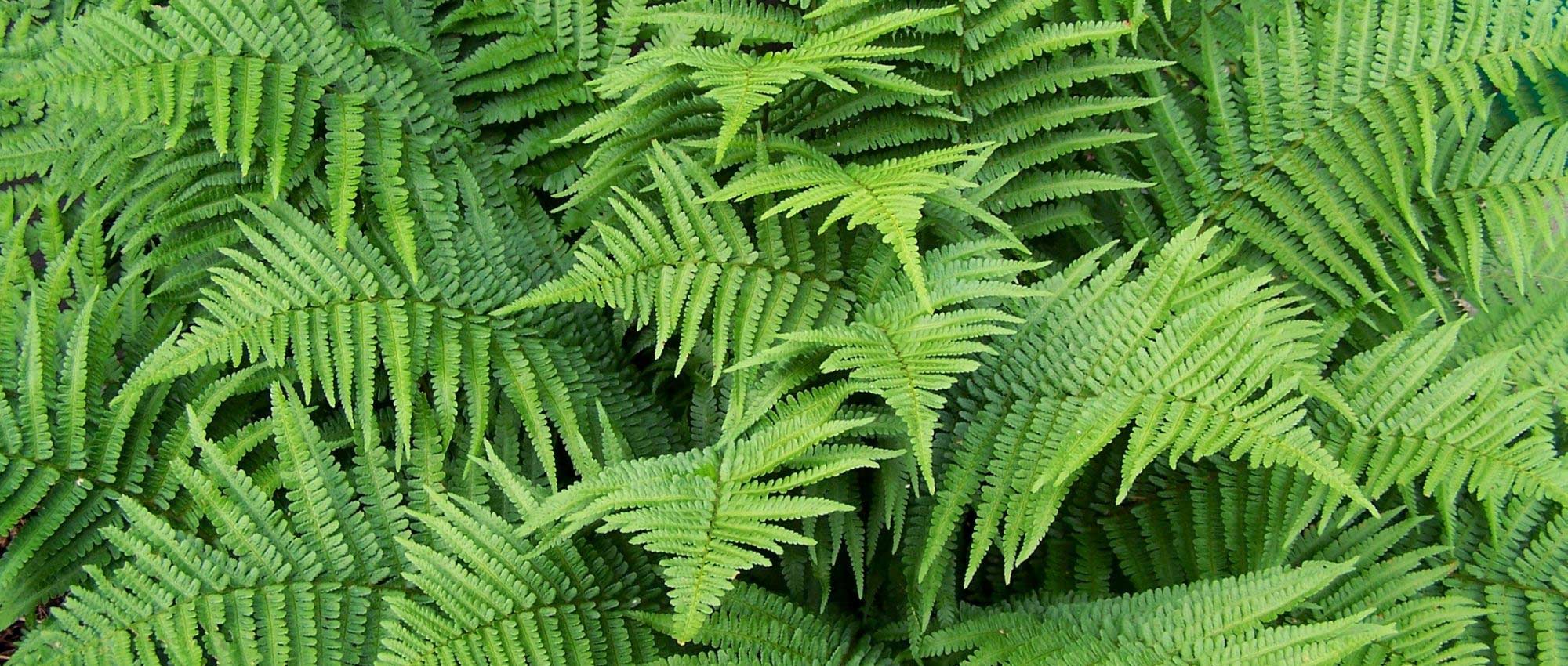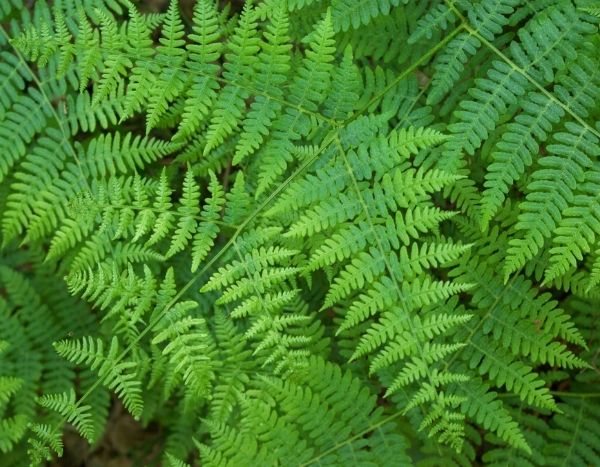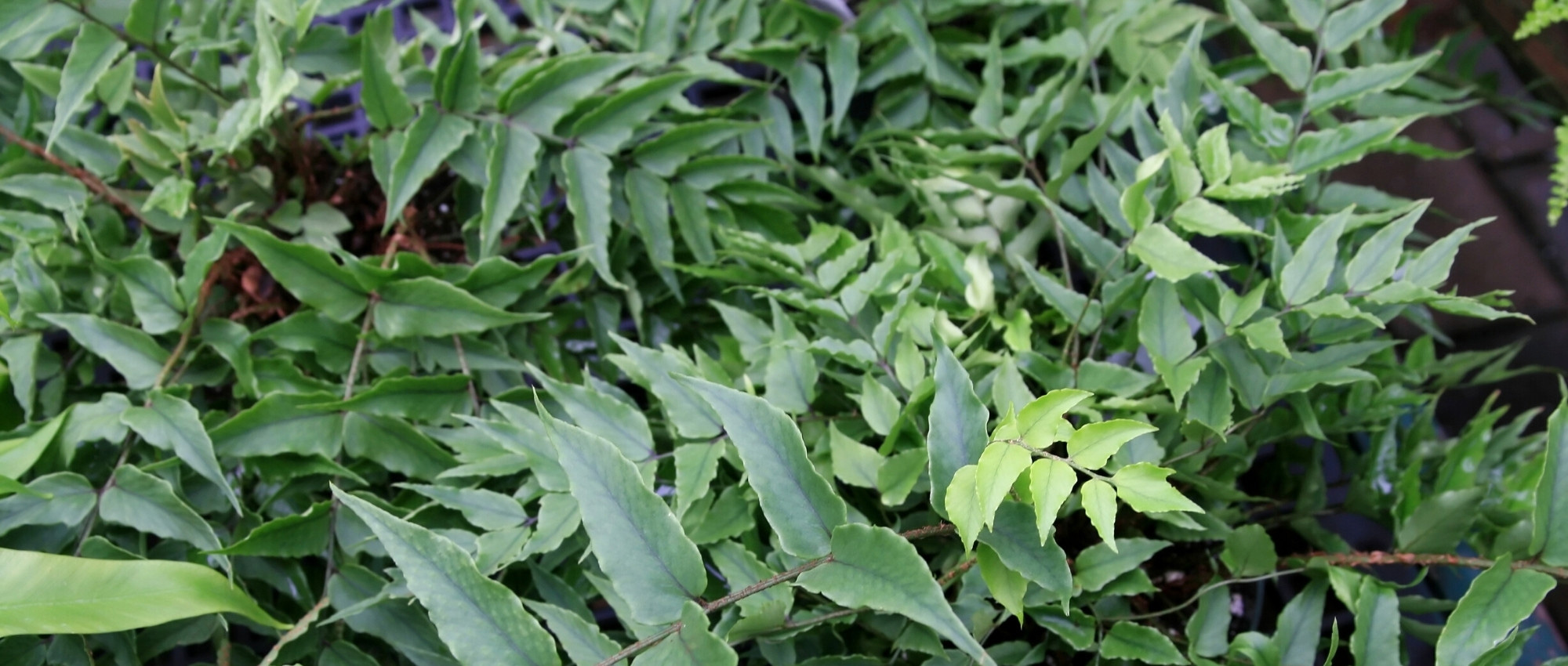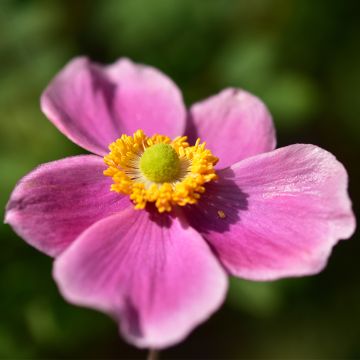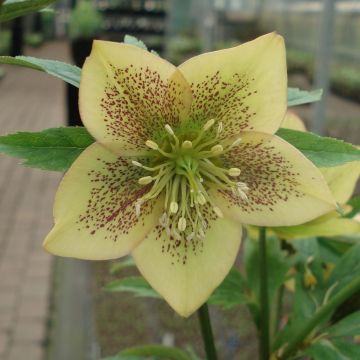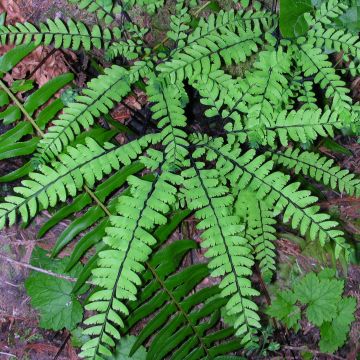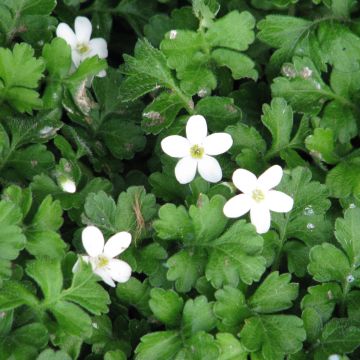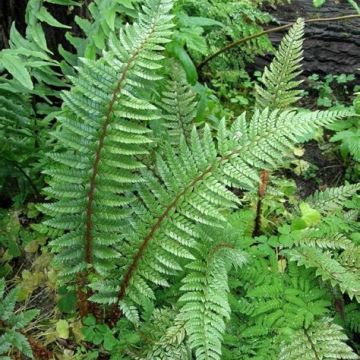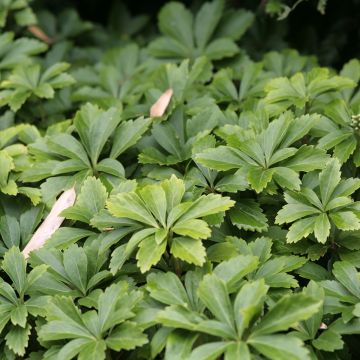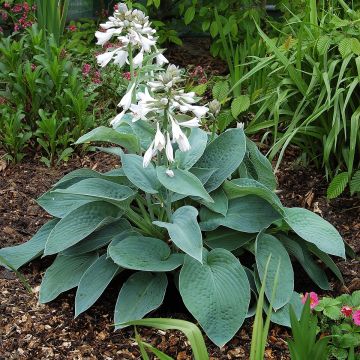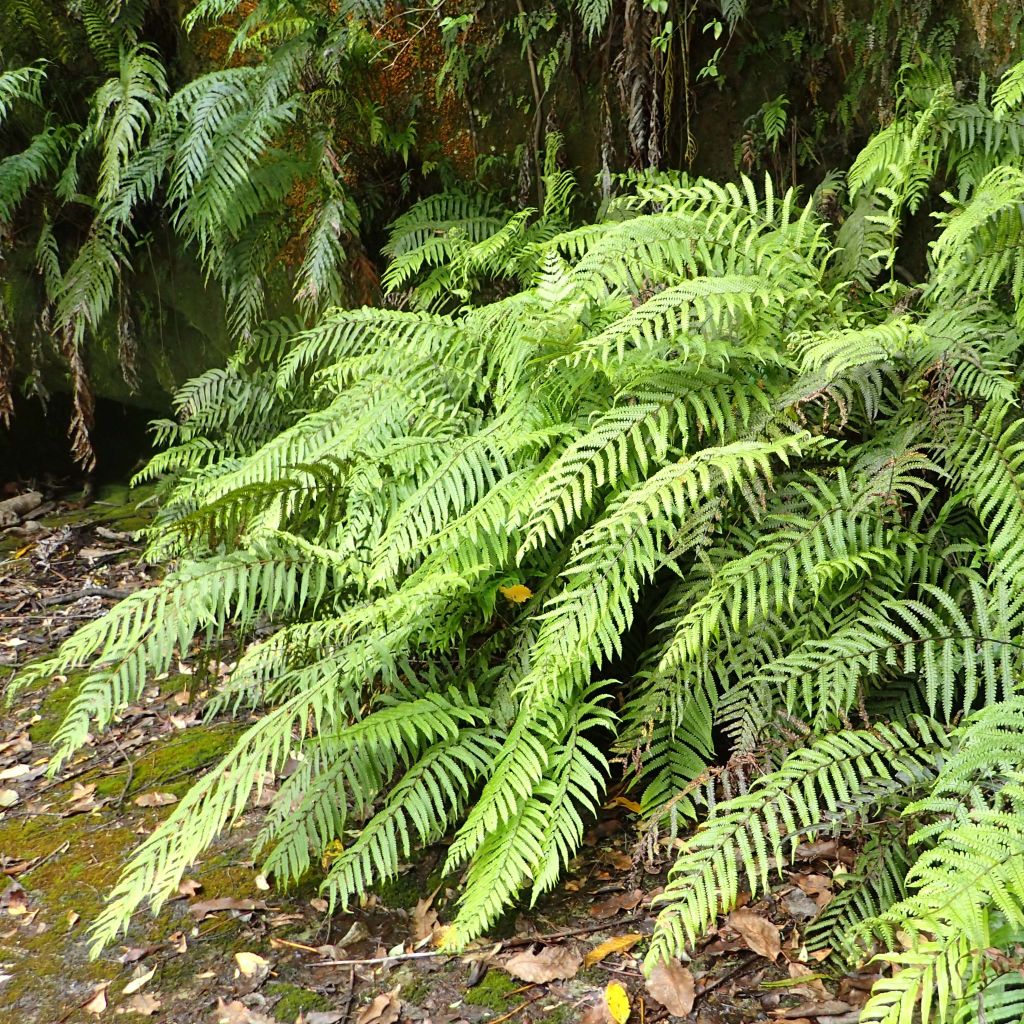

Blechnum novae-zelandiae - Kiwi Hard Fern


Blechnum novae-zelandiae - Kiwi Hard Fern
Blechnum novae-zelandiae - Kiwi Hard Fern
Blechnum novae-zelandiae
Kiwi Hard Fern, New Zealand Hard Fern, Palm-leaf Fern
A bit expensive. I'll ask Father Christmas for it.
Françoise, 08/11/2020
Special offer!
Receive a €20 voucher for any order over €90 (excluding delivery costs, credit notes, and plastic-free options)!
1- Add your favorite plants to your cart.
2- Once you have reached €90, confirm your order (you can even choose the delivery date!).
3- As soon as your order is shipped, you will receive an email containing your voucher code, valid for 3 months (90 days).
Your voucher is unique and can only be used once, for any order with a minimum value of €20, excluding delivery costs.
Can be combined with other current offers, non-divisible and non-refundable.
Home or relay delivery (depending on size and destination)
Schedule delivery date,
and select date in basket
This plant carries a 12 months recovery warranty
More information
We guarantee the quality of our plants for a full growing cycle, and will replace at our expense any plant that fails to recover under normal climatic and planting conditions.

Would this plant suit my garden?
Set up your Plantfit profile →
Description
Blechnum novae-zelandiae is a superb New Zealand fern with large arching fronds, coppery in their youth and then shiny green, with a plastic-like appearance. Provide it with an acidic, humus-rich and moist to wet, but perfectly drained, lightly shaded soil. It will work wonders in a garden with an exotic and lush atmosphere, but should be reserved for mild climates.
The New Zealand Blechnum is a fern found on riverbanks, road edges, dripping cliffs and humid undergrowth of this large island in Oceania. While it is common there, it is also endemic, meaning it is only found there. The Maori call it Kio Kio. Recent genetic studies have classified this species in a new genus, so it is sometimes now found under the name Parablechnum novae-zelandiae. It forms large spreading clumps of persistent elongated fronds, tough, born coppery orange (sometimes slightly pinkish) and turning bright green afterwards. The "leaflet" (called pinnae in ferns) are pointed, sickle-shaped and their margin is somewhat undulate. In this species, the fertile fronds are quite different from the sterile fronds: dark brown in colour, their pinnae are very narrow. The clumps propagate slowly through short rhizomes, and very old plants sometimes form a small upright trunk. Under our climates, the plant will reach about 60cm (24in) in height and 1 to 1.50m (3 to 5ft) in width under good conditions, but in its original regions, each frond can exceed 2 metres (7 feet) in length!
Given its origins, Blechnum novae-zelandiae appreciates mild climates: its hardiness will not exceed -8° (17.6°F) to -12°C (10.4°F) in a sheltered position, and it should be reserved for regions where winter is not too harsh, but summers are not too hot or dry either, it is a plant typically adapted to the coast of the English Channel and Atlantic Ocean. Prefer light shade, which allows for a better expression of the color of the young fronds. This species requires an acidic, loose, humus-rich, moist to wet soil, but above all well-drained, otherwise the stump can rot. An addition of leaf compost can improve your soil if it is too heavy, but avoid planting it in soil that is too clayey and wet during winter. You can overcome this obstacle by planting on a cool slope or by raising the plant. It can also be grown in a pot, with careful watering.
If your climate allows it, go for a tropical garden by combining it with tree ferns (Dicksonia, Cyathea), even though other hardier ferns like Dryopteris sieboldii or Polystichum acrostichoides can also fill this role in a more moderate way. The Fatsia polycarpa, Boehmeria biloba, and Arthropodium cirratum will also make wonderful companions for an exotic and graphic atmosphere!
Blechnum novae-zelandiae - Kiwi Hard Fern in pictures
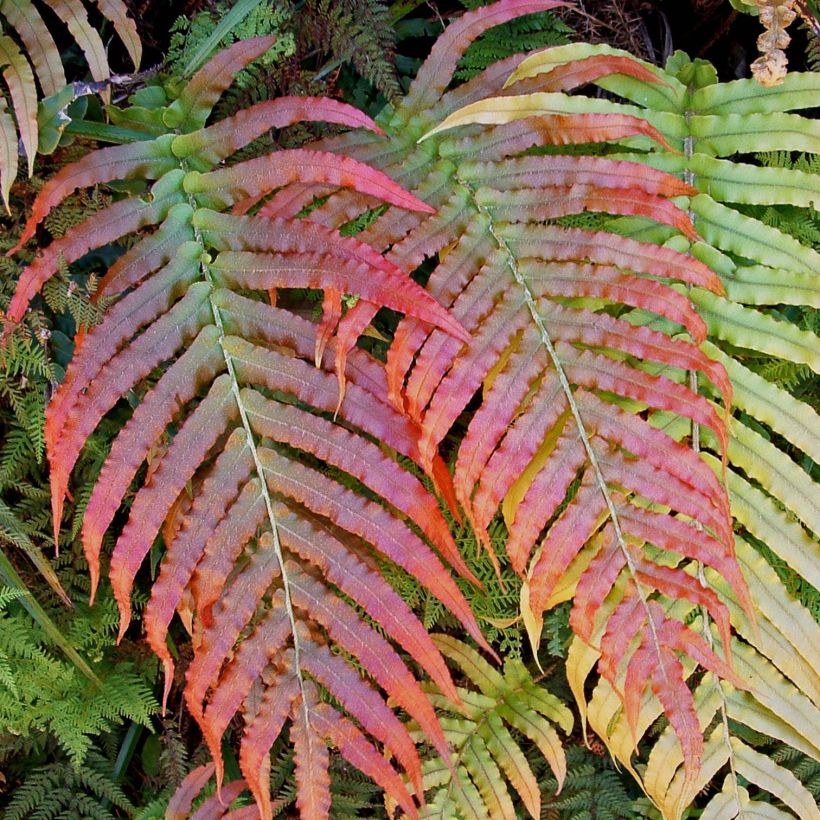

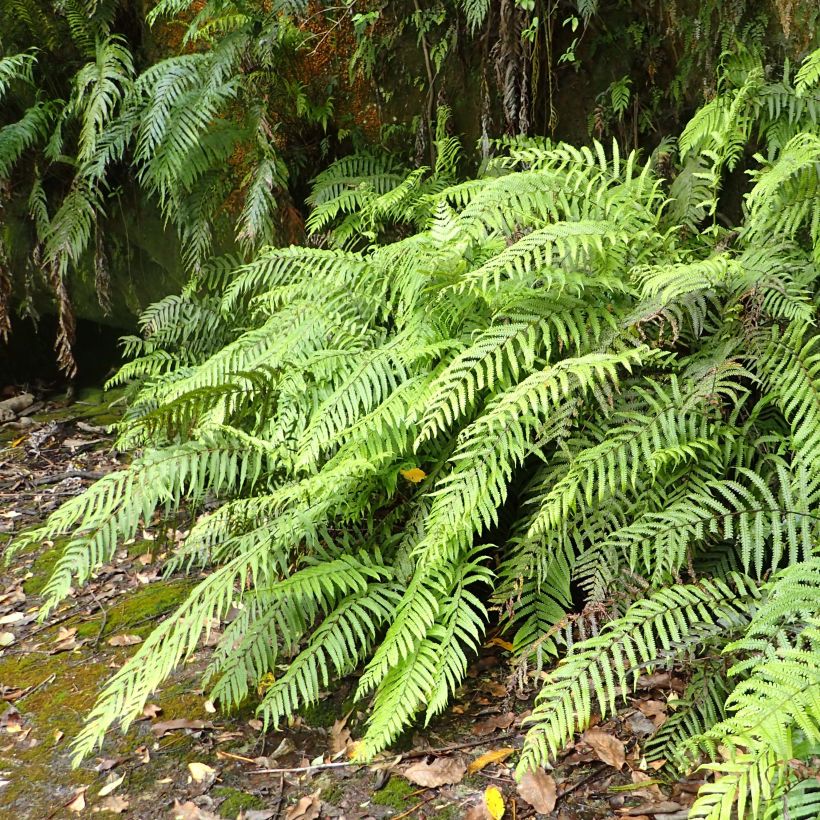

Foliage
Plant habit
Botanical data
Blechnum
novae-zelandiae
Blechnaceae
Kiwi Hard Fern, New Zealand Hard Fern, Palm-leaf Fern
Oceania
Other Blechnum
View all →Planting and care
Plant Blechnum novae-zelandiae in spring or autumn, in an acidic, coarse soil, in shade or partial shade. This species requires a consistently moist to wet, but well-draining soil. It also grows well in pots, with watering being monitored.
Planting period
Intended location
Care
Planting & care advice
-
, onOrder confirmed
Reply from on Promesse de fleurs
Similar products
Haven't found what you were looking for?
Hardiness is the lowest winter temperature a plant can endure without suffering serious damage or even dying. However, hardiness is affected by location (a sheltered area, such as a patio), protection (winter cover) and soil type (hardiness is improved by well-drained soil).

Photo Sharing Terms & Conditions
In order to encourage gardeners to interact and share their experiences, Promesse de fleurs offers various media enabling content to be uploaded onto its Site - in particular via the ‘Photo sharing’ module.
The User agrees to refrain from:
- Posting any content that is illegal, prejudicial, insulting, racist, inciteful to hatred, revisionist, contrary to public decency, that infringes on privacy or on the privacy rights of third parties, in particular the publicity rights of persons and goods, intellectual property rights, or the right to privacy.
- Submitting content on behalf of a third party;
- Impersonate the identity of a third party and/or publish any personal information about a third party;
In general, the User undertakes to refrain from any unethical behaviour.
All Content (in particular text, comments, files, images, photos, videos, creative works, etc.), which may be subject to property or intellectual property rights, image or other private rights, shall remain the property of the User, subject to the limited rights granted by the terms of the licence granted by Promesse de fleurs as stated below. Users are at liberty to publish or not to publish such Content on the Site, notably via the ‘Photo Sharing’ facility, and accept that this Content shall be made public and freely accessible, notably on the Internet.
Users further acknowledge, undertake to have ,and guarantee that they hold all necessary rights and permissions to publish such material on the Site, in particular with regard to the legislation in force pertaining to any privacy, property, intellectual property, image, or contractual rights, or rights of any other nature. By publishing such Content on the Site, Users acknowledge accepting full liability as publishers of the Content within the meaning of the law, and grant Promesse de fleurs, free of charge, an inclusive, worldwide licence for the said Content for the entire duration of its publication, including all reproduction, representation, up/downloading, displaying, performing, transmission, and storage rights.
Users also grant permission for their name to be linked to the Content and accept that this link may not always be made available.
By engaging in posting material, Users consent to their Content becoming automatically accessible on the Internet, in particular on other sites and/or blogs and/or web pages of the Promesse de fleurs site, including in particular social pages and the Promesse de fleurs catalogue.
Users may secure the removal of entrusted content free of charge by issuing a simple request via our contact form.
The flowering period indicated on our website applies to countries and regions located in USDA zone 8 (France, the United Kingdom, Ireland, the Netherlands, etc.)
It will vary according to where you live:
- In zones 9 to 10 (Italy, Spain, Greece, etc.), flowering will occur about 2 to 4 weeks earlier.
- In zones 6 to 7 (Germany, Poland, Slovenia, and lower mountainous regions), flowering will be delayed by 2 to 3 weeks.
- In zone 5 (Central Europe, Scandinavia), blooming will be delayed by 3 to 5 weeks.
In temperate climates, pruning of spring-flowering shrubs (forsythia, spireas, etc.) should be done just after flowering.
Pruning of summer-flowering shrubs (Indian Lilac, Perovskia, etc.) can be done in winter or spring.
In cold regions as well as with frost-sensitive plants, avoid pruning too early when severe frosts may still occur.
The planting period indicated on our website applies to countries and regions located in USDA zone 8 (France, United Kingdom, Ireland, Netherlands).
It will vary according to where you live:
- In Mediterranean zones (Marseille, Madrid, Milan, etc.), autumn and winter are the best planting periods.
- In continental zones (Strasbourg, Munich, Vienna, etc.), delay planting by 2 to 3 weeks in spring and bring it forward by 2 to 4 weeks in autumn.
- In mountainous regions (the Alps, Pyrenees, Carpathians, etc.), it is best to plant in late spring (May-June) or late summer (August-September).
The harvesting period indicated on our website applies to countries and regions in USDA zone 8 (France, England, Ireland, the Netherlands).
In colder areas (Scandinavia, Poland, Austria...) fruit and vegetable harvests are likely to be delayed by 3-4 weeks.
In warmer areas (Italy, Spain, Greece, etc.), harvesting will probably take place earlier, depending on weather conditions.
The sowing periods indicated on our website apply to countries and regions within USDA Zone 8 (France, UK, Ireland, Netherlands).
In colder areas (Scandinavia, Poland, Austria...), delay any outdoor sowing by 3-4 weeks, or sow under glass.
In warmer climes (Italy, Spain, Greece, etc.), bring outdoor sowing forward by a few weeks.






























